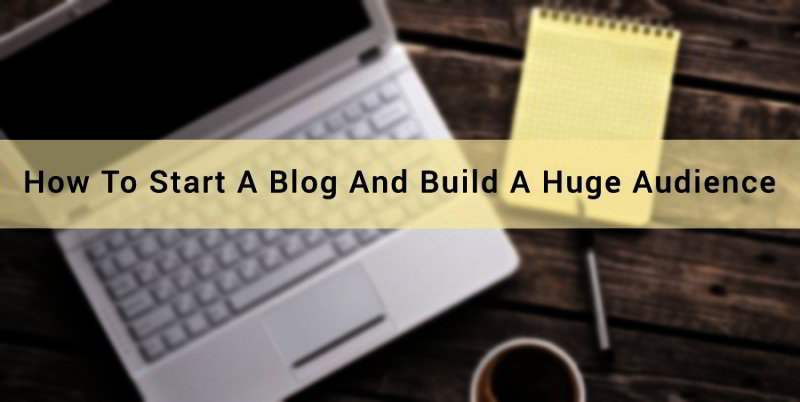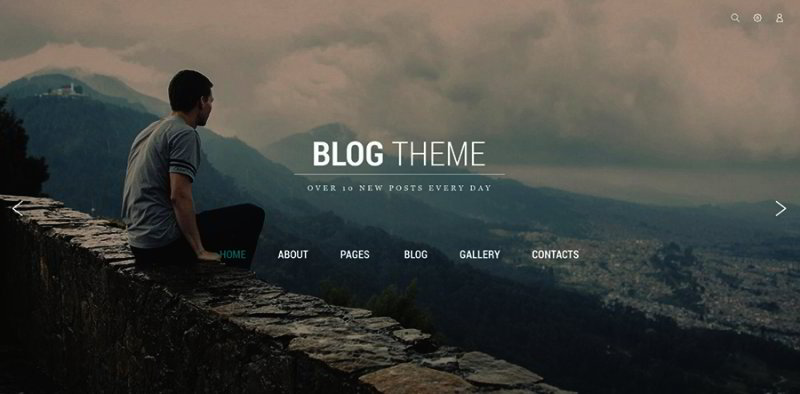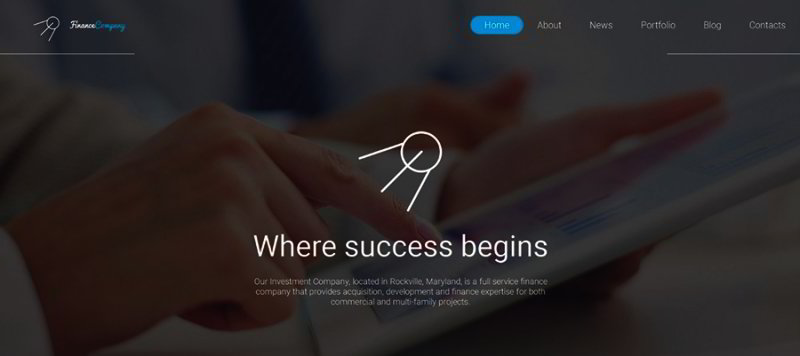A blog can be a website or a web page and can be administered or operated by an individual, a huge corporate entity, a government organization, charitable institution, small group of like-minded people and so on. Indeed, a blog can be created by virtually anybody and with very little resources as well.

It is also interesting to note that starting a blog is an extremely easy operation and with a bit of thought and creativity, you can use the blog to build a huge audience to meet your marketing or individual goals. So let us start with the basics – how to create a blog.
Free or paid?
Considering that you are thinking about starting a blog, you know that there are blogging platforms out there that can help get your voice out into the digital world. Here, broadly speaking, there are free and paid options. Quite a few of the latter offer free trial periods and you can always convert a free account into a paid account – so you can opt for either category and start from there.
Some of the top blogging platforms according to statistics of use and main features are:
- WordPress – powers more than 60 million websites.
- Blogger – has Adsense integration and is a Google offering.
- Tumblr – has over 100 million blog posts every day.
- Medium – minimalist design.
- Quora – known for its questions and answers format and now has a blogging platform too.
It would help you to discover more features about each platform to find out where your target audience is and then set up your presence.
Setting up your blog
Customization is key. Every blogging platform has two resources that can guide you in starting your blog:
- The ‘how to’ or instructions for the process.
- Online chat / help section.
Themes are a section that you must explore in every blogging platform. Choose a theme that is in keeping with your voice and you will have a powerful way in which to build association with your audience.
Web hosting
After you have chosen your blogging platform, you should look for a web host. Free and paid choices exist here as well. You should read various reviews to find out pros and cons of the top web hosts before deciding on your final choice. A powerful combination of blogging platform and web host will suffice to get you going.
Your format
Your blog should have a format that suits your purposes. This format should address aspects such as:
- The kind of content you want to put out there.
- The frequency of updating the blog.
- How to handle comments and feedback.
- Socializing your blog across Facebook, Twitter and so on.
All of which leads us into the ‘second half’ of the game which is building an audience.
Viewership
There are many ways to build viewership. Here are a few ideas and numbers that will interest you:
- Having multiple authors – 62.96% think multiple-author blogs are more credible.
- Posting daily is good – it gets you 5 times more traffic.
- Use images because it gets your blog 94% more views.
- Cater for mobile devices too because more and more people are using mobile devices to interact with online content.
Images and videos
People love visual content – infographics included – so you should integrate the same into your blog. Of course, there are ‘dedicated’ channels such as YouTube and Instagram so go right ahead and use the same.
Have a social strategy
There are so many social media sites out there and you should use a strategic selection of the same to build your audience. Not everybody may find your blog per se but you can make it more discoverable by sharing its information or links on social media.
For instance, when a new article gets published on your blog, let it automatically reflect on Facebook, Twitter, Pinterest and Google Plus or wherever your target audience is.
This also encourages people to share your content. 94% of people who share posts do so because they think it might be helpful to others and this itself is great publicity for your blog.
Yes, a blog is great to get your voice out there but always remember that it is a 2-way communication process. You also need to listen to other people. You can do this by:
- Commenting on other blogs.
- Participating in chats – Twitter chats – for instance.
- Reading comments written by your followers and linking to their content in your own blog as well.
- Write guest blog posts in other platforms. For instance, if you have great skills in embroidery then write a blog post in an online forum related to the same. This establishes your credentials as an expert and can lead to more traffic to your own website as well.
- Encourage reader comments on your blog. You may review them before they get posted on your blog page but do not block them – take the good and the bad!
- Look for great content – content on your blog need not always be self-generated/written. You could also curate online content and link to other high-quality blogs that complement or supplement your own blog.
- Conversely, you should encourage links from other high quality blogs too. This will result in flow of traffic from some other blog or website to your own. Here – do pay attention to the quality of the links flowing into your blog. You do not want ‘bad quality’ websites to bring down your blog’s search engine ranking.
Finally, promote your blog in the physical world as well. Just the way a brick and mortar store gets publicity from a website or a social media post – your blog should get mentioned and publicized in the offline world too.
Attend workshops, conferences and business network events. During all these events, talk (at least mention the same!) about your blog. Include your blog URL in your visiting cards or other publicity materials and take an active role in local social groups too.






